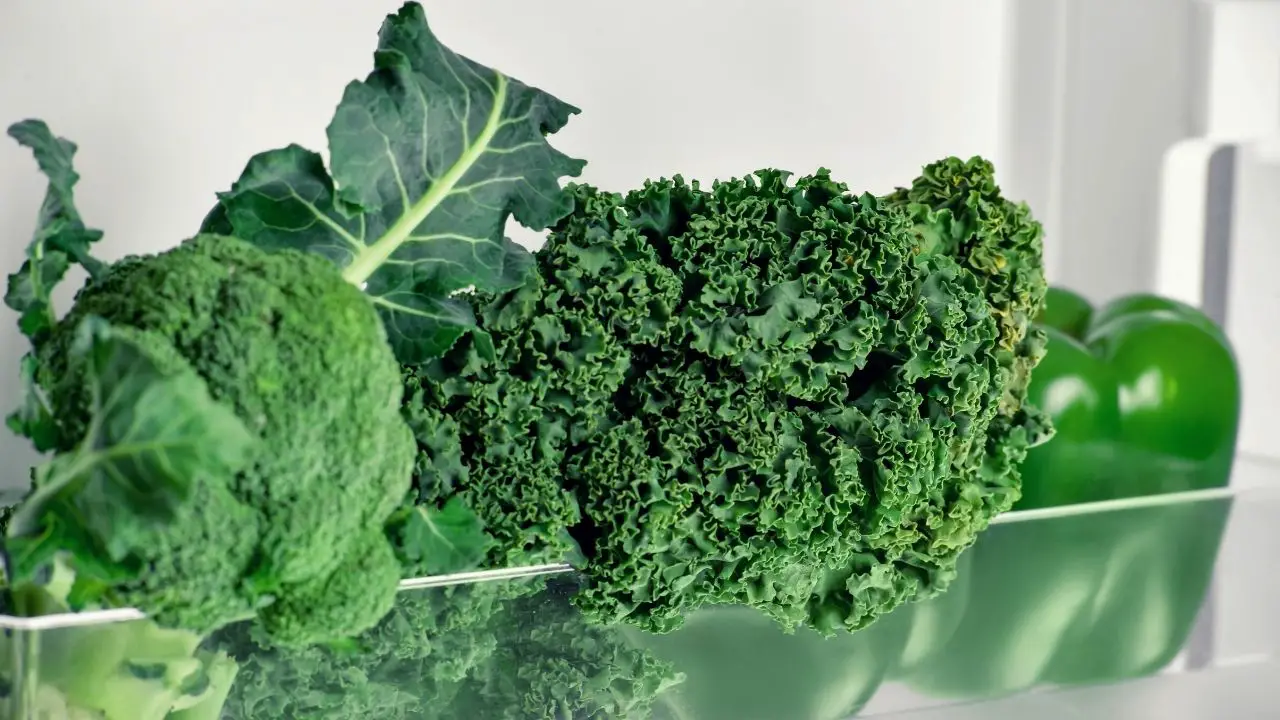Kale is one of those vegetables often touted for its nutritional value and health benefits. But, like many leafy greens, fresh kale can be fragile and easily spoil. So, it’s essential to store it correctly to retain its nutrients and make sure it doesn’t turn spotty, slimy, soggy, yellow, and eventually brown.
Here are some tips on how to store kale in the fridge without any plastic.
How Long Does Kale Last In Fridge?
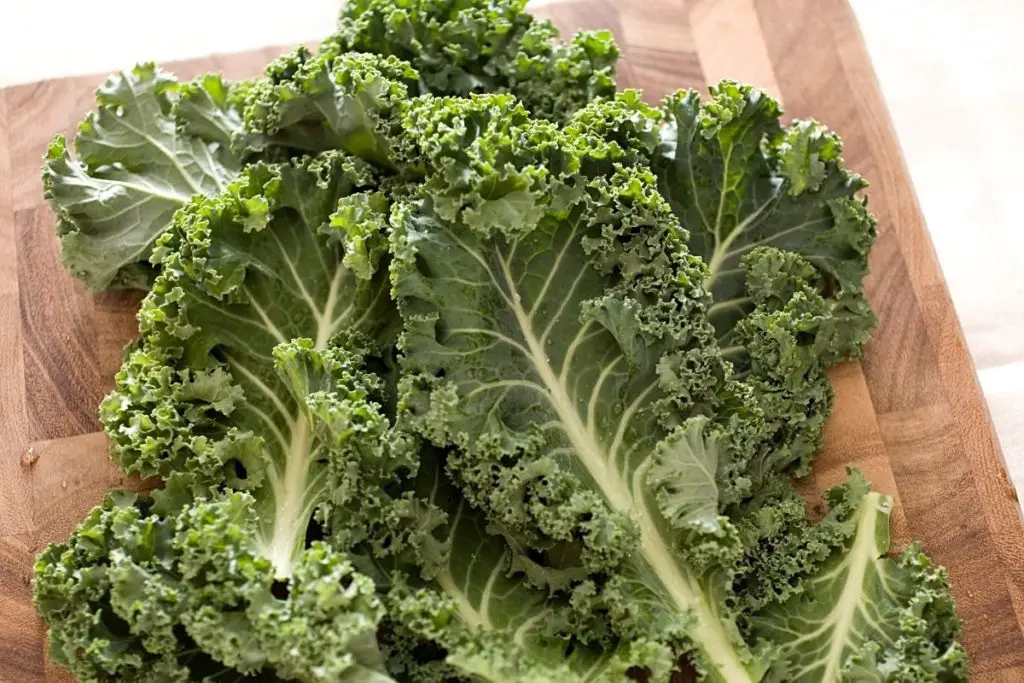
The key is storage, as with everything else. After a few hours, kale begins to lose its crispness when left on the kitchen counter at room temperature.
In the fridge, fresh raw kale has a shelf life of about 4-5 days, and when carefully prepared and stored, kale’s self-life can be extended up to 7 days.
A couple of hours after removing the kale from the refrigerator, it should be cooked or used for consumption.
Cooked kale will last about 3-5 days in the fridge.
Kale may be frozen for more extended storage in the freezer, which lasts up to eight months.
Freezing vegetables has the advantage of preserving them for longer, but it often alters their texture and taste. If you’re a big fan of fresh kale, try to consume it while it is fresh since freezing will change how it tastes.
Tips For Preparing Kale Before Storing It In The Fridge Or Freezer
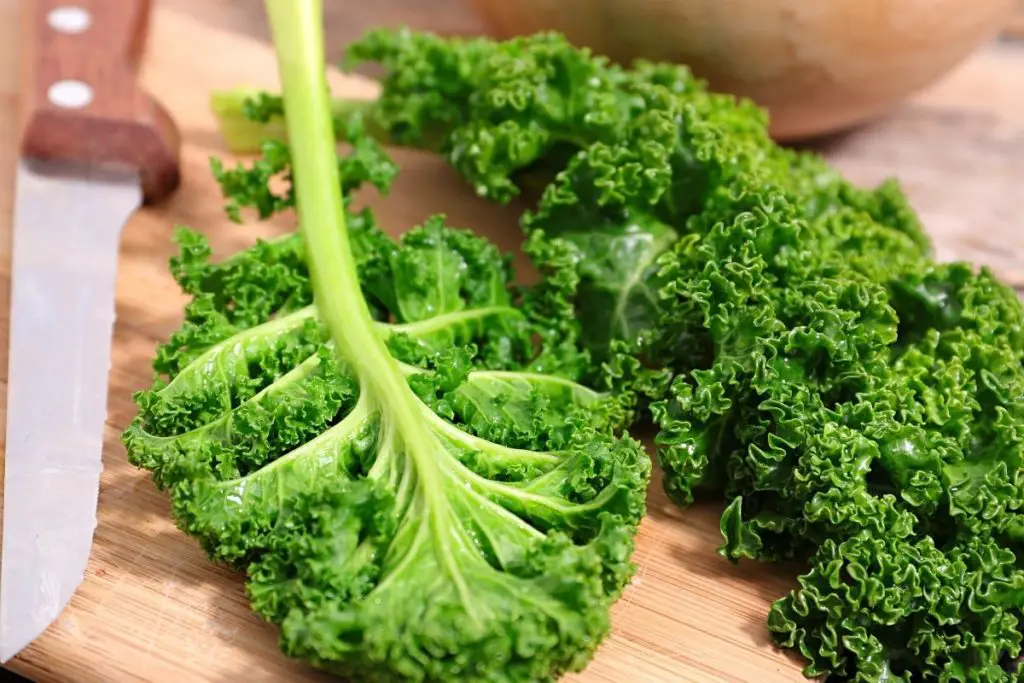
Kale can be kept for a long time if it is properly stored. Here are some tips to keep in mind when storing kale:
- Don’t de–stem kale before storing. When you purchase kale at the grocery store or farmers’ market and the leaves are not removed from the stems, it is best to keep it as it is. Kale is very sensitive to being de-stemmed, so it is best to only cut the kale and wash it before using
- Ensure that your kale is well-dried. Don’t wash it before storage. If the kale has been sprayed with water at the supermarket, make sure to dry it thoroughly before storing it. Wet kale can lead to mold and bacteria growth. This is the first and most important lesson in vegetable storage. Moisture causes vegetables to wilt and go bad faster, so the less moisture, the better. Paper towels will help keep your kale fresh by allowing air to circulate.
- Kale is sensitive to other fruits. It’s also worth noting that kale is susceptible to various ethylene-producing fruits. Fruits that produce more ethylene include pears, apples, mangoes, bananas, plums, honeydew melons, and nectarines, and should not be kept away from the kale.
How To Store Kale Without Plastic?
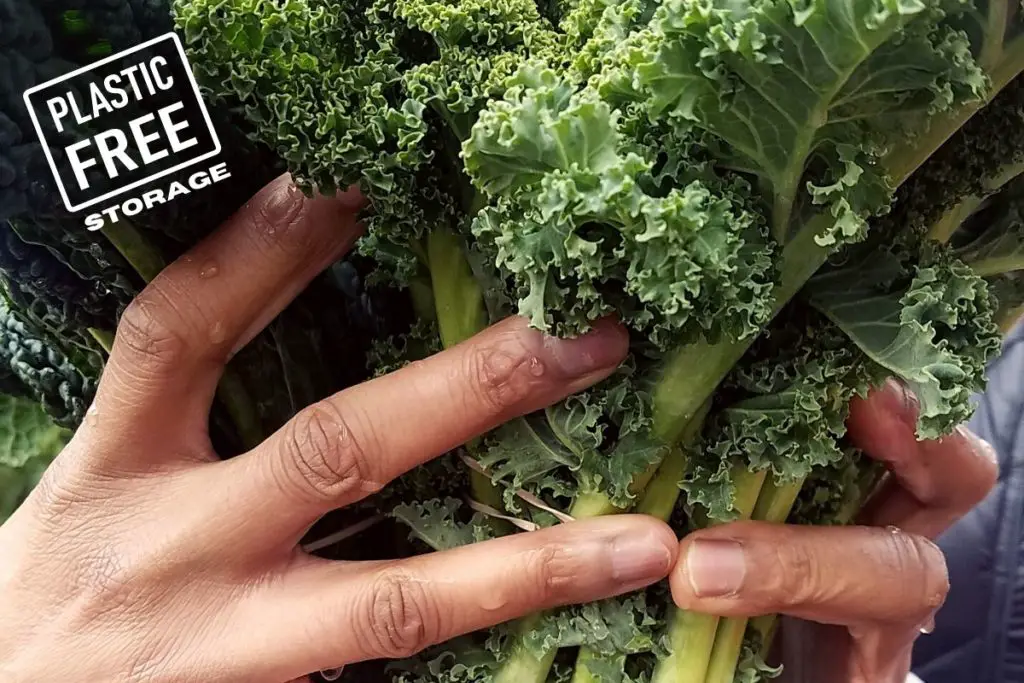
When vegetables and other foods are stored in plastic bags, chemicals from the plastic can sometimes leach into the food and contaminate them. Although I do certainly get the plastic-free movement, storing kale without plastic allows it better breathing and moisture control, adding an extra few days to its shelf life.
Here is how to store kale in the fridge plastic-free:
1. Use Glass Containers
Glass containers, such as Mason jars, are a great way to store fresh produce because they allow you to see the contents inside. This makes it easy to know when you need to use the product and also helps to keep it fresh. To store kale in a glass container, make sure the container and the kail are completely dry. Do not use a tight lid but cover it with a kitchen towel or paper towel to allow sufficient air circulation.
2. Store It In Paper bags
Paper bags are one of the best storage choices for vegetables such as kale. Paper bags absorb excess moisture and help prevent condensation, as plastic produce bags often do.
Kale can be kept in a paper bag for up to 7 days. Make sure the bag is just loosely closed and in the crisper drawer of your refrigerator and a different part of the fridge than the fruit.
3. Keep It In Cotton Or Mesh Produce Bags
Cotton produce bags can be used to store kale, but it’s important to make sure that the bag is well-ventilated. Cotton-produced bags are a natural and sustainable alternative to plastic bags. The cotton produce bag should also be washed and dried after each use.
4. Wrapping In A Paper Towel Or Dish Towel
To help the kale retain moisture, wrap it in a paper towel or clean and dry dish towel. You can also layer the kale with paper towels, which will help to absorb any extra moisture and keep your kale dryer for longer.
If you discover that the paper towels are damp, replace them with fresh, dry ones.
5. Use Wax Wraps
Wax wraps are perfect for keeping the kale fresh, and it is ideal for almost every fruit or veg you want to store in the fridge. And the good thing is, you can even freeze wax wraps.
6. Store Them In A Glass Or Jar Of Water (Like Flowers)
If you have enough storage space in your fridge, then a great way to keep your kale crispy and perky is to place it in a jar of water like a bouquet of flowers.
Use a sharp knife or scissors to cut off half-inch at the bottom of the stems at an angle. Then put them in a glass of cold water and store the jar in the fridge on the shelf where you can leave them standing upright without being squashed by other food.
Read Also: 6 Foods That Contain Plastic (Plastic-Free Alternatives).
How To Know When Kale Has Gone Bad?
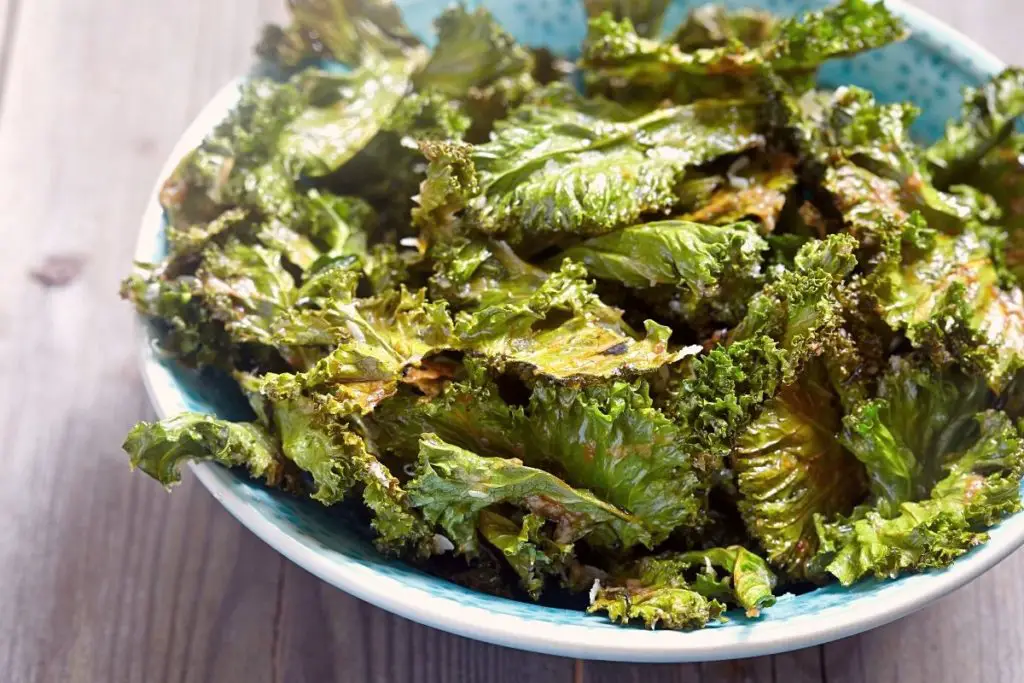
The best way to know when kale has gone bad is to look for physical signs of spoilage. Kale that is spoiling will often have yellow, brown, or black spots on the leaves, and the leaves may start to wilt. The kale may also have an unpleasant sour or sulfur-like smell, or it may be slimy.
If you are unsure whether or not the kale has gone bad, it is best to discard it.
In Conclusion
Storing kale or other produce in the fridge without using any plastic is a great way to keep it fresh and crispy and reduce your plastic consumption. It’s easy to do, and all you need is a paper bag or a few kitchen towels.
So next time you buy some kale, make sure they have crisp dark or vibrant green leaves, and give this plastic-free storage method a try!
Read Also: What To Store In Refrigerator Door – If Not Milk And Eggs, Then What?
